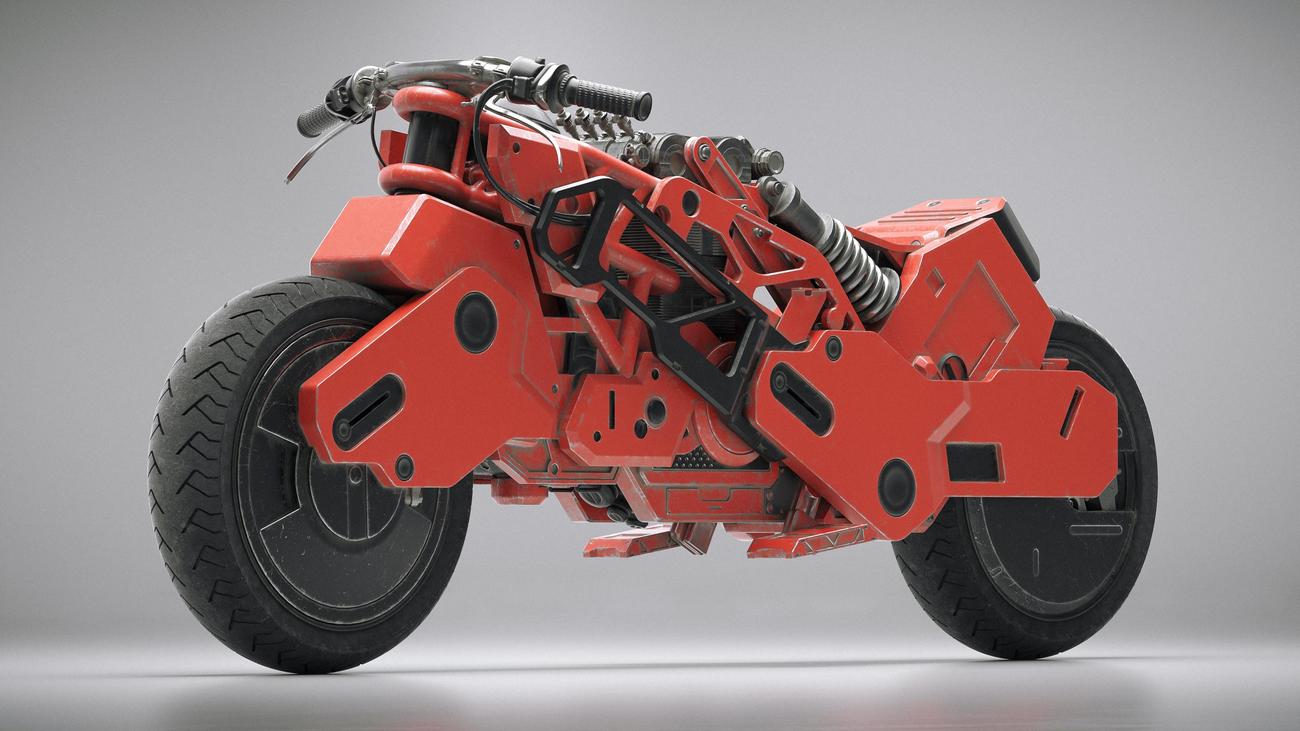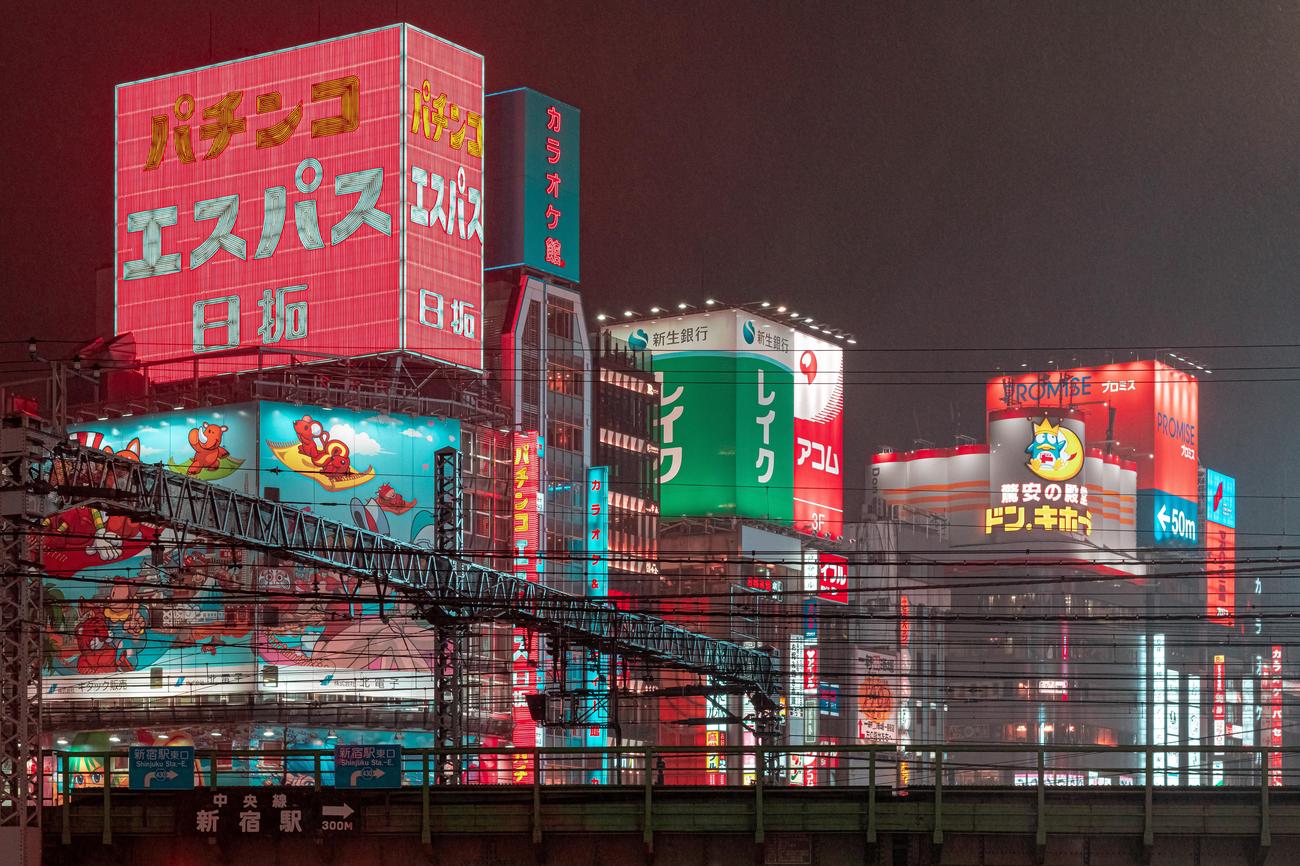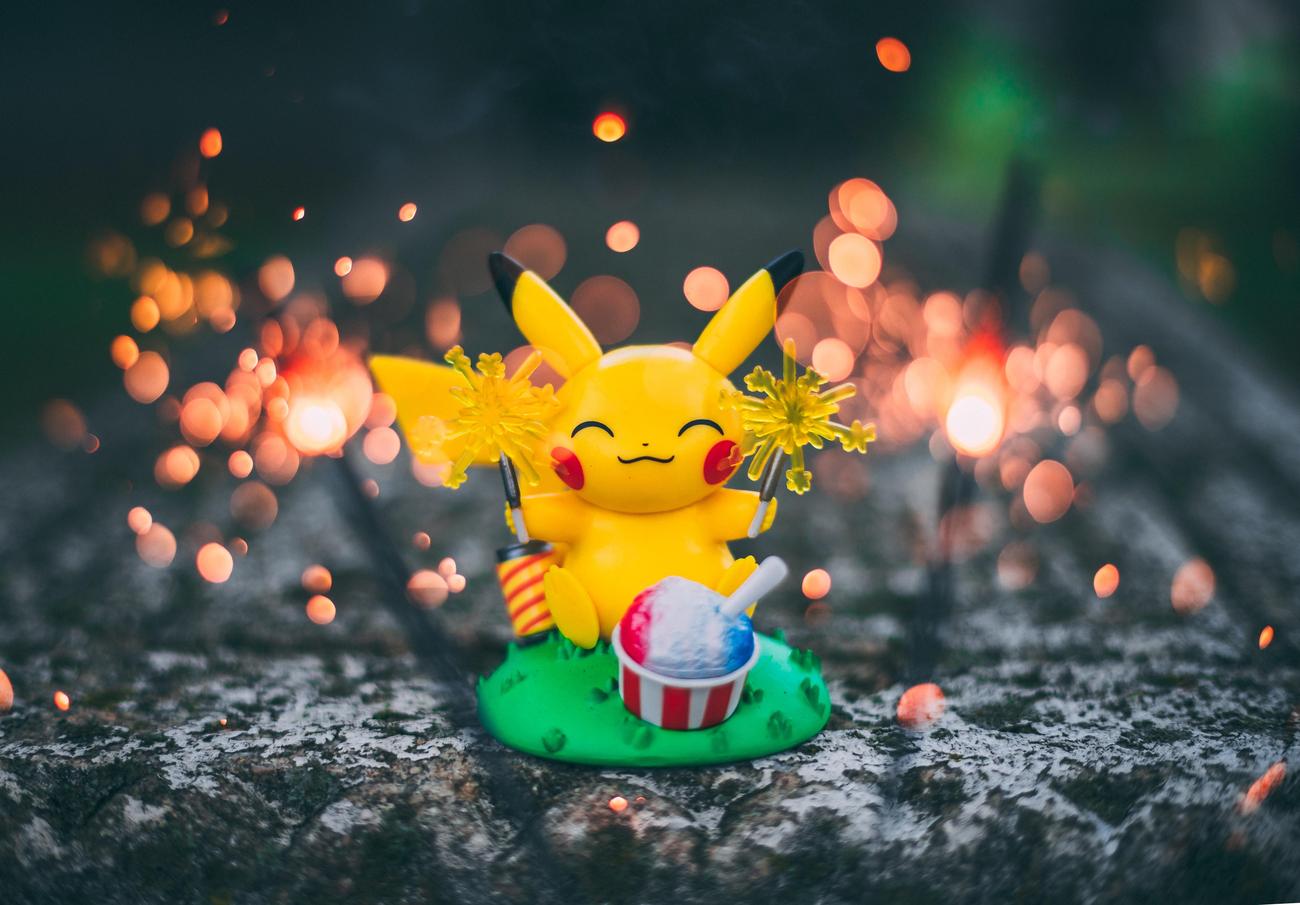When it comes to the world of anime, there are countless aspects to explore and appreciate. From the unique art styles to the captivating storylines, this medium has captured the hearts of fans worldwide. One fascinating component of anime that often goes unnoticed is the use of wraps. These wraps, also known as “hanafuda”, are an integral part of the anime aesthetic and serve various purposes within the narrative. In this article titled “Anime wraps: Unveiling the Terminology and Types,” we will delve into the world of anime wraps and shed light on the terminology used to describe them, as well as the different types that exist. So, let’s unravel this fascinating aspect of anime together!

What are anime wraps called?
Anime wraps, also known as bandages or wraps, play a significant role in the visual characterization of anime characters. These wraps are often seen wrapped tightly around the abdomen or torso, adding depth and complexity to a character’s appearance. But what exactly are these wraps called in the world of anime?
One term commonly used to describe these wraps is sarashi. Sarashi refers to a long strip of white cotton bandage that is tightly wrapped around the waist or upper body. This type of wrap not only adds an intriguing aesthetic to the character but also holds symbolic meaning. It may imply a degree of experience and a painful past for the characters, showcasing their strength and resilience.
Another term associated with anime wraps is haramaki. Typically worn by middle-aged manual laborers in anime, haramaki refers to a type of wrap that is wrapped around the abdomen. These wraps, similar to sarashi, serve as a visual representation of a character’s background and experiences. They contribute to the overall persona of the character and help viewers understand their journey.
In addition to these wraps being used by individuals in anime, they can also extend beyond the realm of human characters. In some anime series, such as Samurai X, Ruroni Kenshin, and One Piece, bandages can be seen on various characters. These bandages are often utilized to showcase physical injuries sustained by the characters or to emphasize their battle scars.
But wraps aren’t limited to the human form in anime. They make a unique appearance in the world of anime car customization through a popular trend known as itasha. Itasha refers to cars that are wrapped with anime, manga, or video game characters. This type of wrap combines paint and vinyl to achieve a livery style that is instantly recognizable and draws in the attention of anime enthusiasts.
Anime wraps on cars offer a fresh and distinctive way for car owners to express their love for the medium. Itasha wraps often feature graphic decals depicting beloved anime, manga, or video game characters. These vibrant and eye-catching designs can turn heads on the road, making the car stand out in a sea of regular vehicles. If you’re looking to get your own itasha car wrap, CWS Studio is a professional shop that specializes in itasha wraps and can provide fast turnaround times for your customization needs.
In conclusion, anime wraps, whether they are sarashi, haramaki, or utilized on cars through itasha wraps, play a vital role in the visual storytelling of anime. These wraps add depth to characters, showcasing their experiences, and are visually captivating. So next time you watch an anime, pay attention to the wraps and the unique context they provide to the characters and their stories.
“Anime wraps, such as sarashi and haramaki, serve as visual representations of a character’s past experiences and their journey of growth.”
Bubble wrap is not just for packaging fragile items; it’s a fascinating material with many fun facts. Did you know that it was originally intended to be a textured wallpaper? Discover more amazing tidbits about bubble wrap by clicking here.
Itasha: Exploring the Fascinating World of Anime Car Customization
[youtube v=”LTQfUQI0j14″]
Overview
In the world of otaku culture and anime enthusiasts, a unique trend has emerged – itasha. Itasha, meaning “painful car” in Japanese, refers to cars adorned with vibrant stickers featuring beloved anime, manga, or video game characters. These eye-catching designs have given rise to a subculture that has captivated enthusiasts around the world.
Unveiling the Itasha Culture
Itasha is not just a passing fad; it represents a deep passion for anime and manga. With themes ranging from popular anime series, games, idols, and even military aesthetics, itasha owners proudly display their love for these cultural icons on their vehicles.
Exploring Itasha Themes and Characters
Each itasha is a unique canvas, showcasing the owner’s personal interests and fandoms. From the well-known Hatsune Miku, a virtual idol with light blue twintails, to popular titles like Love Live and Touhou, itasha enthusiasts spare no effort in bringing their favorite characters to life on four wheels.
Itasha Beyond the Road
While itasha may seem like a purely aesthetic pursuit, it goes beyond that. Some itasha owners take their modified cars to circuits, showcasing their passion in high-speed environments. This combination of car customization and anime fandom further solidifies the bond between enthusiasts and their favorite characters.
The Rising Popularity of Vocaloid
Among the numerous characters adorning itasha, one stands out – Hatsune Miku. As a Vocaloid, she is a singing voice simulation software that has gained immense popularity. Her appearances range from live performances to fully-wrapped itasha cars, captivating fans through her catchy tunes and captivating persona.
Embracing Itasha Culture
The world of itasha is a community that welcomes all anime enthusiasts, allowing them to express their love for their favorite characters and series in a unique and visually stunning way. Dedicated shops such as CWS Studio specialize in providing itasha wraps, turning ordinary cars into rolling works of art that embody the essence of anime culture.
Wrap’d in Passion
Anime wraps, whether on characters or cars, play an integral role in the visual storytelling of anime. Just like the bandages worn by characters to symbolize their experiences and past, itasha wraps serve as visual representations of the owner’s passion and dedication to the world of anime. By turning cars into moving billboards of their fandom, itasha owners create a sense of connection and shared enthusiasm wherever they go.
In conclusion, itasha represents more than just a mere hobby – it is a unique subculture that allows enthusiasts to showcase their love for anime through personalized car customization. With its vibrant designs and vivid expressions of fandom, itasha stands as a testament to the power of anime to bring people together and celebrate their shared interests in a visually striking and engaging manner.

FAQ
1. What are anime wraps called?
Anime wraps are commonly referred to as sarashi or haramaki in the anime industry. These wraps are long strips of white cotton bandage that are tightly wrapped around the waist or upper body of anime characters, particularly around the abdomen or torso. They add visual characterization to the characters and may imply a degree of experience and a painful past. Bandages can also be seen on characters in other anime series like Samurai X, Ruroni Kenshin, and One Piece.
2. What is the significance of anime characters wrapping themselves in bandages?
The bandages wrapped around anime characters serve as a visual cue to provide insight into their backstory and personality. This wrapping technique can imply a history of struggle, injury, or intense training. It adds depth and complexity to the character’s development, allowing viewers to connect with their emotional journey. The bandages also create a unique and memorable visual style for the character, further enhancing their popularity among fans.
3. Do real-life individuals wear sarashi or haramaki wraps like in anime?
While sarashi and haramaki wraps are commonly portrayed in anime, their real-life usage is not limited to the fictional world. In Japan, sarashi and haramaki wraps are commonly worn by middle-aged manual laborers for support and protection. These wraps provide warmth, stability, and relief for individuals engaged in physically demanding activities. The portrayal of middle-aged laborers wearing haramaki wraps in anime adds a touch of realism and cultural authenticity to the characters.
4. What are Itasha car wraps in anime?
Itasha car wraps are a popular phenomenon in Japanese otaku culture. Itasha, which translates to “painful car,” refers to vehicles that are adorned with vibrant graphics or decals featuring anime, manga, or video game characters. These car wraps are a unique and recognizable style preferred by many anime enthusiasts. Itasha car wraps can be a combination of paint and vinyl wrap techniques to achieve a livery style. They offer a creative way for car owners to express their passion for anime while driving on the streets.
5. Where can I get an anime car wrap?
CWS Studio is a professional itasha shop known for its fast turnaround on anime car wraps. They specialize in transforming ordinary vehicles into eye-catching Itasha cars with high-quality graphics or decals. Whether you want a subtle nod to your favorite anime or a bold display of characters, CWS Studio can bring your vision to life. Their expertise in anime car wraps ensures that you will receive a unique and professionally crafted design that will turn heads wherever you go.
- Mastering Leader in Spanish: The Complete Guide - April 19, 2025
- Uncovering Surprising Parallels: England Size Compared to US States - April 19, 2025
- Old Mexico Map: Border Shifts 1821-1857 - April 19, 2025
















